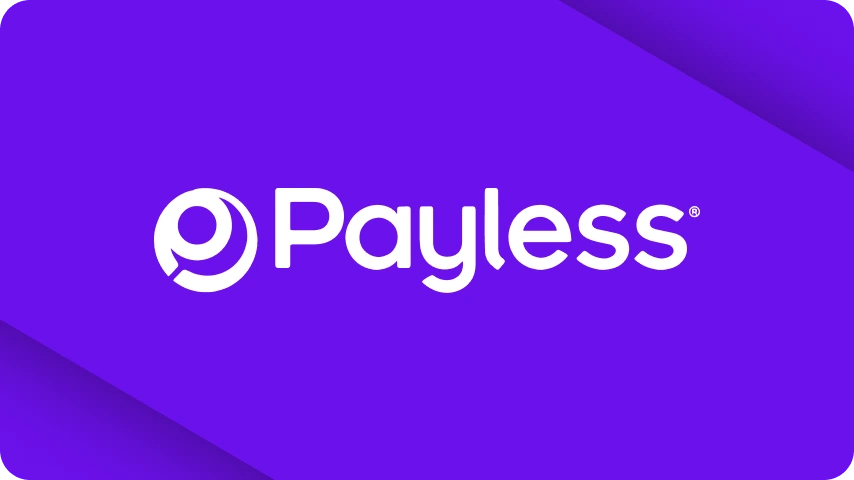
Digibee integrates POS System in Brazil used in all of its stores with a global ERP in China in just 4 weeks for worldwide retail company.

Digibee integrates POS System in Brazil used in all of its stores with a global ERP in China in just 4 weeks for worldwide retail company.

Exploring scenarios where our enterprise iPaaS used in parallel with traditional integration technologies allows for a quick resolution of long-standing IT projects.

Digibee’s enterprise iPaaS innovates at scale with modern integration architecture that enables organizations to achieve their critical business objectives.
Enterprise integration redesigned for Financial Services Organizations
Take a look at this overview for financial services organizations highlighting how enterprise integration is a key ally in helping achieve critical business objectives.
Key Highlights
According to Gartner, banks and investment firms were on track to spend $623B on technology products and services in 2022. The fastest-growing category? Software, increasing to $149B.
To fast track innovation, Digibee’s integration platform leverages:
What matters is the data flow — it doesn’t matter what financial services systems are involved or where the data resides. Digibee enables the flexibility to define what to do with your data.
Download this guide to understand more about how Digibee’s integration solution transforms your infrastructure, solving complex integration challenges across critical systems while increasing productivity and profitability.

Summary of Forrester’s projected financial impact of Digibee’s eiPaaS over the next three years.

Forrester’s TEI Report defines cost savings and business benefits enabled by Digibee’s enterprise integration platform as a service.

Payless and Digibee partnered to effectively connect an ecommerce platform for more than 200 stores well within an aggressive timeline.

A practical guide to help manufacturers maximize the return on investment of their integrations.
About this Guide
For enterprises focusing their efforts on transitioning to digital-first operations, system integration is more than just a “nice to have” option, it’s crucial to a scalable, reliable and effective digital transformation strategy.
According to McKinsey Global Institute, the manufacturing industry generates an average of 1.9 petabytes (or 1,900 terabytes) each year – primarily from supply chains, sourcing, and factory operations, as well as compliance and quality management processes. This is more than any other vertical. Finding the best solutions and technology for your manufacturing business is a challenge that goes far beyond the success of integrations as they relate to data. This white paper aims to provide a practical guide for manufacturers to maximize the ROI of their integrations.
Key Highlights
The guide provides information on what to expect, pros and cons, and how to examine priorities to determine the right fit for your organization’s options between buying an integration solution and building your own, including:
Digibee’s low-code, cloud-native enterprise iPaaS helps manufacturing enterprises eliminate the roadblocks to digital transformation, bridging the gap between legacy systems and new technologies seamlessly and securely. Download the How to choose the right integration solution for your manufacturing organization white paper now to learn more.

The Digibee methodology enables integrations between systems by focusing on the data itself rather than on the components and connections.
About this white paper
Systems integration and the exposure of APIs are complex processes that rely on technical teams and IT tools to connect on-premises and/or cloud systems, requiring knowledge, skills, and a high level of security.
Digibee drastically reduces the complexity, enabling integrations between systems by focusing on the data itself rather than on the components and connections. The methodology Digibee has crafted ensures companies have knowledge and control over their data in an agile, simple, and efficient way, while maintaining a focus on future-proof architecture.
Key highlights
Understand the digital transformation challenges organizations are facing and the role of integration:
The benefits of Digibee’s iPaaS
Digibee allows you to reduce the complexity of integrations, so you can focus on your core business
values and strategies while leveraging benefits such as:
Download Digibee Integration Platform and its market context and learn more about how our innovative model and approach to integrations focuses on data flows rather than components and connections, leveraging your organization’s power for more effective data management.

Our modern enterprise integration platform build integrations with speed, lower costs, and delivers business value faster.

Preview summarizing the value of our eiPaaS from Forrester’s Total Economic Impact™ Of Digibee’s Integration Platform as a Service (eiPaaS) report.

Digibee’s approach to SAP S/4HANA integration options has proven value with hundreds of IT organizations, decreasing complexity and driving faster outcomes.

A look at Digibee’s cloud migration methodology offering guidance and best practices for reducing complexity, rationalizing costs, and mitigating risks.
X